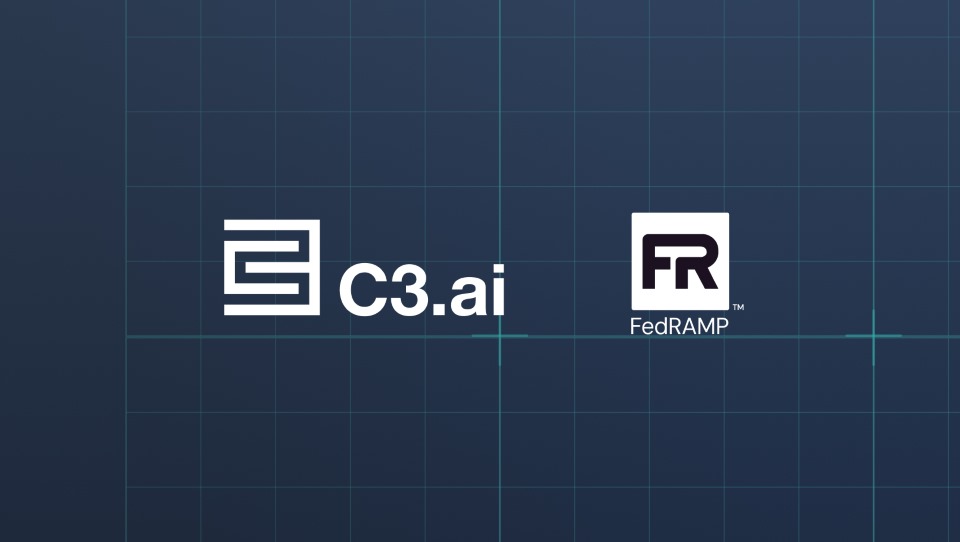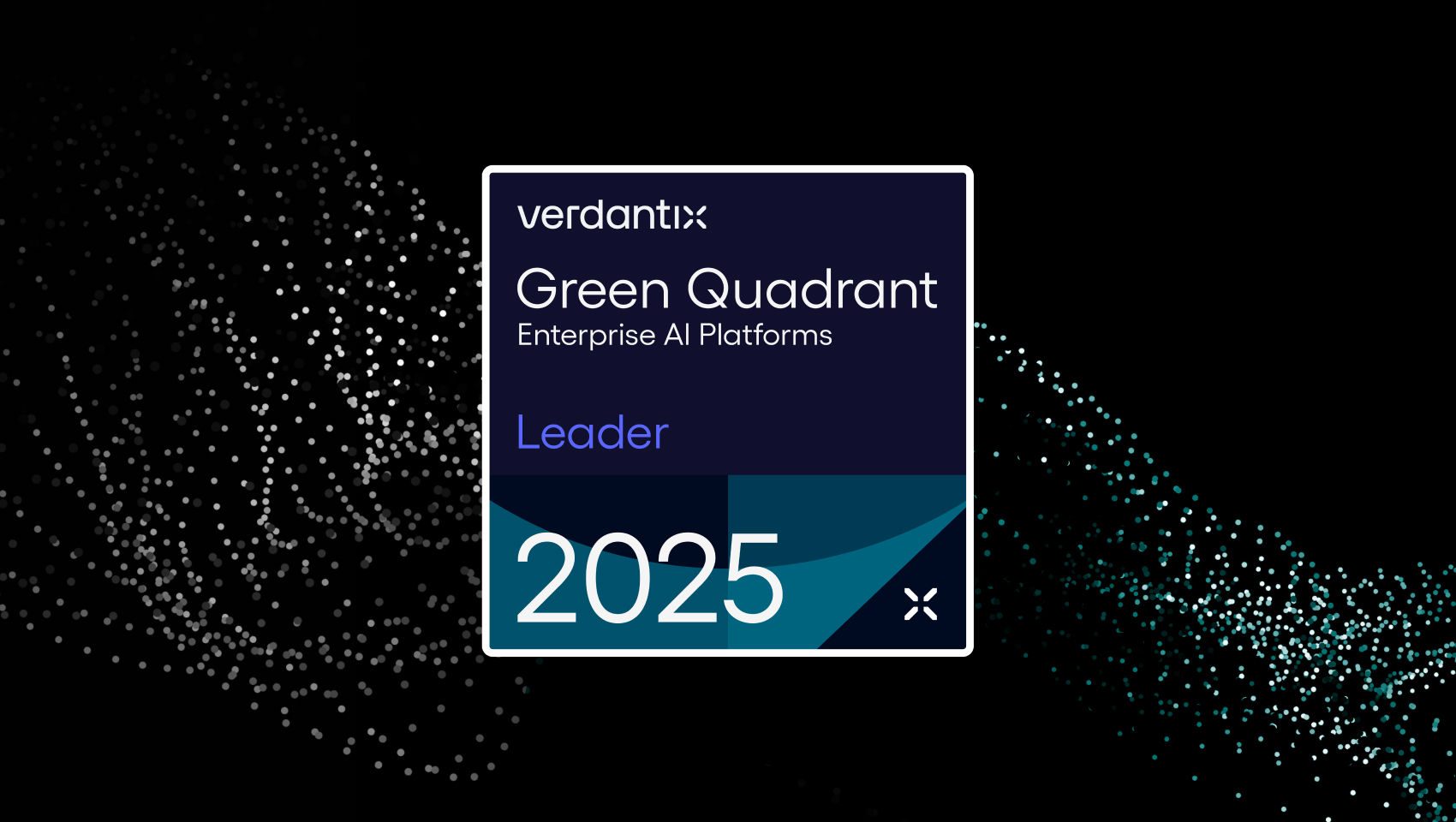The Internet of Things (IoT) has gained momentum. Sensors are now small and cheap enough to embed in all kinds of devices‚ and more companies are leveraging the vast data generated. Here are some key drivers your company needs to remember as you jump into IoT.
Gartner expects 6.4 billion “things” will be connected to the Internet in 2016‚ up 30% from 2015. Although sensors aren’t new‚ they’re being built into more types of devices because they are considerably smaller and cheaper than they once were. More organizations‚ regardless of industry segment‚ will embrace IoT devices to lower operating costs‚ increase revenue‚ or provide more relevant customer experiences. The road to success comes with pitfalls‚ however‚ some of which can be avoided or minimized with little effort or cost.
The obvious problem is the sheer volume of data. Cramming every piece of sensor data into an existing data warehouse or a cloud environment probably isn’t practical‚ or even wise.
“The different approaches to data management have revolved around building enterprise data models and integrating data from different places and then making them look the same. That was expensive and cumbersome‚ but it was doable‚” said PricewaterhouseCoopers (PwC) partner Oliver Halter‚ in an interview. “No matter how much money you throw at it‚ traditional data management‚ from a process point of view‚ doesn’t work anymore because you get new data sources and new types of data all the time that you have to integrate very rapidly.”
Moreover‚ many organizations have no idea what they would do with IoT data if they had it. If the potential business value can’t be defined‚ there’s little that can be gained from adopting even the coolest IoT innovations.
“Before you think about software or technology‚ what’s the business problem you’re trying to solve? If you’re an executive at one of the companies we work with‚ you’re losing 2% of revenue to fraud or sensor malfunction. And 2% of your revenue may mean $100 million‚” said Houman Behzadi‚ senior vice president of products at enterprise application software provider C3 Energy‚ in an interview. “If you want to be successful‚ you have to solve a business problem like fraud.”
Here are a few of the ways the IoT can impact companies’ IT infrastructures and data strategies‚ and the bottom line.
Machine Learning Is Likely Necessary
The greater the volume of data‚ the more likely it is that an organization will need to use machine learning to make sense of it.
“With the volume of data we have now‚ it’s no longer a manual or human kind of computation problem. You need a machine to identify the correlations across a significant volume of information so you can do things like predictive maintenance on assets‚” said Houman Behzadi‚ SVP of products at hardware and software solution provider C3 Energy.
An East Coast utility company was trying to understand the health of its sensor network‚ and it was endeavoring to prevent fraud. Using simple analytical rules on data sources‚ the company was identifying a couple of hundred fraud cases a year‚ but the method was only 30% accurate. Using machine learning‚ the utility company was able to identify 20‚000 cases immediately‚ and it eventually achieved a 90% accuracy rate‚ Behzadi said.
View the full article on InformationWeek’s website here.



